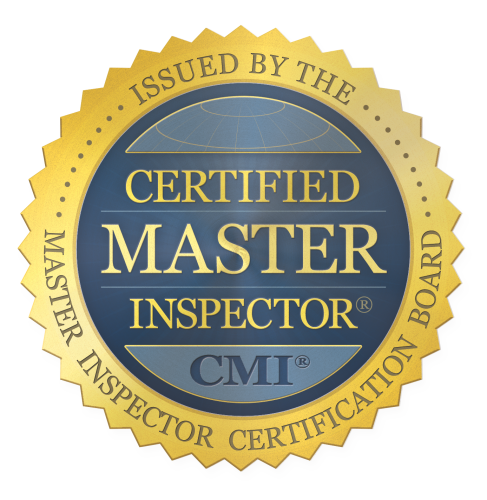We Don't Need No Stinkin' Flashing!
Apparently the roof was leaking. So two things were done to "solve" the problem. A new layer of shingles was laid over the first (not always the best solution). And instead of placing flashing where it was needed, a few tubes of caulking were expended to stop any leaking! Note: CAULKING IS NOT FLASHING!
This is what I saw from behind this house. Before I went inside I knew what we would be dealing with. This is a big red flag!
It is obvious that the roof sheathing is rotting. And from repairs on the siding it was obvious that the leaking wasn't stopped!
My moisture meter was the first tool I got out of the bag. We went to the basement first. Under and all around the wall under this chimney box was moisture detected at over 30%. My meter only goes to 30%, and the needle jumped there, indicating that the moisture content is far higher. The actual content could be 75% for all we know. But 30% is sufficient to tell that the moisture intrusion is active.
The middle level was the same way, with comparable moisture all around and over the fireplace.
The house was generally moist, for this and other reasons. And there was mold evidence in the exposed wood in the unfinished furnace room in the basement.
My recommendation: When you see unprofessional work, expect it to influence other areas of the house. A house is made up of different, integrated systems which either work together properly and in harmony, or not.

Comments
Post new comment